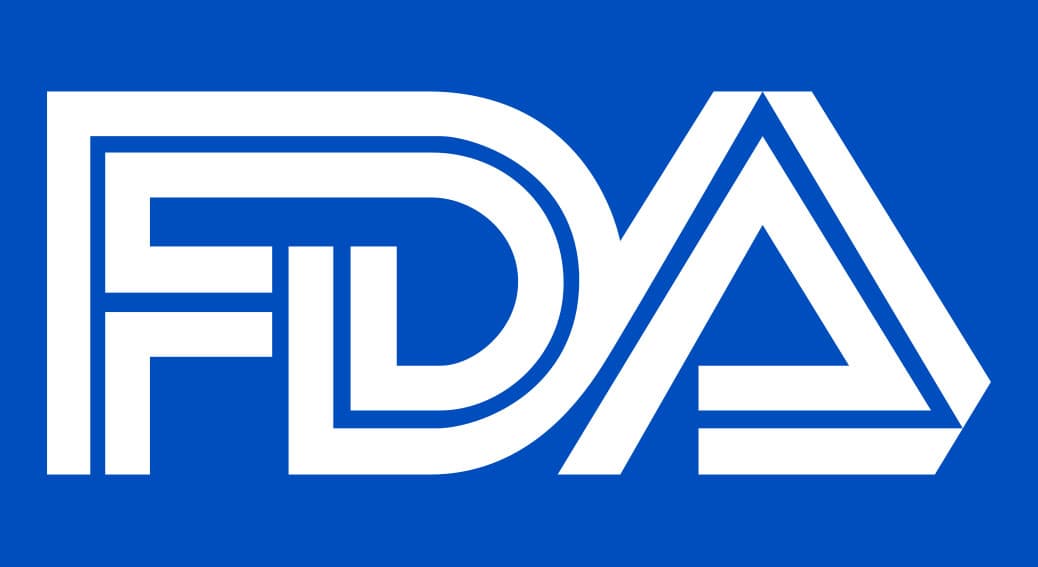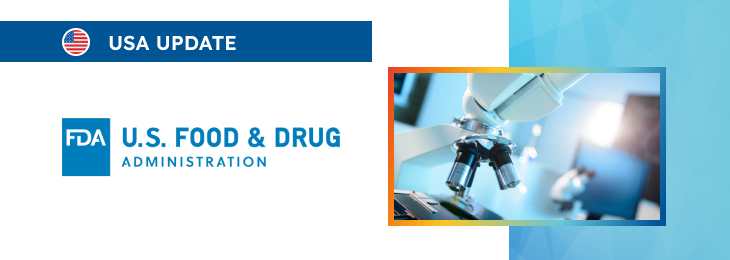The new article describes in detail the applicability scope of the new regulatory policy for laboratory-developed tests.

Table of content
The Food and Drug Administration (FDA or the Agency), the US regulating authority in the sphere of healthcare products, has published a small entity compliance guide dedicated to laboratory-developed tests. The document provides an overview of the applicable regulatory requirements, as well as additional clarifications and recommendations to be taken into consideration by the parties involved in order to ensure compliance.
At the same time, provisions of the guidance are non-binding in their legal nature, nor are they intended to introduce new rules or impose new obligations. Furthermore, the authority explicitly states that an alternative approach could be applied, provided such an approach is in line with the existing legal framework and has been agreed with the authority in advance.
One of the sections of the compliance guide provides detailed information on the scope and specific enforcement discretion policies for Laboratory Developed Tests (LDTs). It is intended to help laboratories understand the amendments to FDA regulations and the phased approach for transitioning to these new requirements.
General Scope of Amendment and Phase Out Policy
The LDT Final Rule amends the FDA’s regulations to explicitly classify in vitro diagnostic products (IVDs) as devices under the FD&C Act, even when manufactured by laboratories. The rule includes a phaseout policy that applies to IVDs manufactured and offered as LDTs by laboratories certified under the Clinical Laboratory Improvement Amendments of 1988 (CLIA), provided these laboratories meet the CLIA requirements for high-complexity testing.
This policy covers IVDs used within such laboratories, even if they do not fall within the traditional FDA definition of an LDT, which typically involves products designed, manufactured, and used within a single laboratory. The FDA adopted this broader scope recognizing that some laboratories may have misunderstood the limited nature of the general enforcement discretion approach, thereby offering IVDs that do not fit the traditional LDT framework.
However, this scope does not include IVDs manufactured or used outside a laboratory setting, such as collection devices. The phaseout policy also excludes certain tests from the general enforcement discretion approach.
These include:
- Blood Donor Screening and HCT/P Donor Screening Tests: Required for infectious disease testing under 21 CFR 610.40 and 1271.80(c) or for determining blood group and Rh factors under 21 CFR 640.5.
- Emergency and Threat Response Tests: Tests intended for emergencies, potential emergencies, or material threats declared under section 564(b) of the FD&C Act.
- Direct to Consumer (DTC) Tests: Tests intended for consumer use without significant involvement from licensed healthcare professionals.
Additionally, the phaseout policy does not affect public health surveillance tests, which are used solely for analyzing health data in connection with disease prevention and control and do not report results to patients or their healthcare providers. These tests are used for population-level data analysis or public health outbreaks and are not intended for clinical decision-making.
The amended regulations and phaseout policy do not alter requirements for laboratories under CLIA, which are separate from the FD&C Act requirements.

Enforcement Discretion Policies for Certain IVDs
The LDT Final Rule preamble outlines specific enforcement discretion policies where the FDA intends to generally not enforce all applicable requirements for certain IVDs. This small entity compliance guide does not introduce new or different policies but reiterates those discussed in the LDT Final Rule. The FDA may update these policies as necessary, consistent with good guidance practices.
The FDA’s enforcement discretion will continue for categories of tests that are unlikely to pose significant risks or where circumstances mitigate these risks:
- 1976-Type LDTs: These tests use manual techniques without automation, are performed by specialized laboratory personnel, and use components legally marketed for clinical use. They are designed, manufactured, and used within a single CLIA-certified laboratory. Examples include certain immunohistochemistry tests, but not automated tests like lateral flow tests.
- HLA Tests for Transplantation: These tests are designed, manufactured, and used within a single laboratory certified for high-complexity histocompatibility testing, used in organ, stem cell, and tissue transplantation for HLA typing, antibody screening, and crossmatching. This policy does not include HLA tests for blood transfusion.
- Forensic Tests: Tests intended solely for forensic purposes.
- DoD and VHA LDTs: Tests manufactured and used within the Department of Defense (DoD) or Veterans Health Administration (VHA) for patients treated within these systems.
The FDA also intends to exercise enforcement discretion regarding premarket review requirements for:
- LDTs Approved by NYS CLEP: Tests approved by the New York State Department of Health’s Clinical Laboratory Evaluation Program. This policy applies to the approved test version.
- Modified Versions of Another Manufacturer’s Cleared or Authorized Test: Applies to tests modified by CLIA-certified laboratories for high complexity testing, provided the modifications do not significantly affect the test’s safety or effectiveness or constitute major changes. The FDA expects compliance with design controls and other quality system requirements for such modifications.
- LDTs for Unmet Needs: Tests developed by laboratories within healthcare systems to meet the unmet needs of patients receiving care within the same system. Further guidance on this policy will be issued.
- Currently Marketed IVDs Offered as LDTs: Tests first marketed before May 6, 2024, provided they are not significantly modified afterward. Modifications that change the test’s indications for use, operating principle, technology, or performance/safety specifications will require compliance with premarket review and quality system requirements.
- Non-Molecular Antisera LDTs for Rare RBC Antigens: These tests are used for rare red blood cell antigen transfusion compatibility, manufactured by blood establishments where no alternative IVD is available.
As it is mentioned by the FDA, the enforcement discretion policies are further detailed in sections V.B and V.C of the LDT Final Rule preamble. Additional guidance documents will be published by the authority if the latter would deem this necessary.
Section V.C of this guide provides a summary of compliance expectations for various IVD categories, including those under targeted enforcement discretion policies.
Conclusion
In summary, the present FDA guidance outlines the scope of applicability for the regulatory policy governing the manufacturing and use of laboratory-developed tests in the US.
How Can RegDesk Help?
RegDesk is an AI-powered Regulatory Information Management System that provides medical device companies with regulatory intelligence for over 120 markets worldwide. It can help you prepare and publish global applications, manage standards, run change assessments, and obtain real-time alerts on regulatory changes through a centralized platform. Global expansion has never been this simple.

